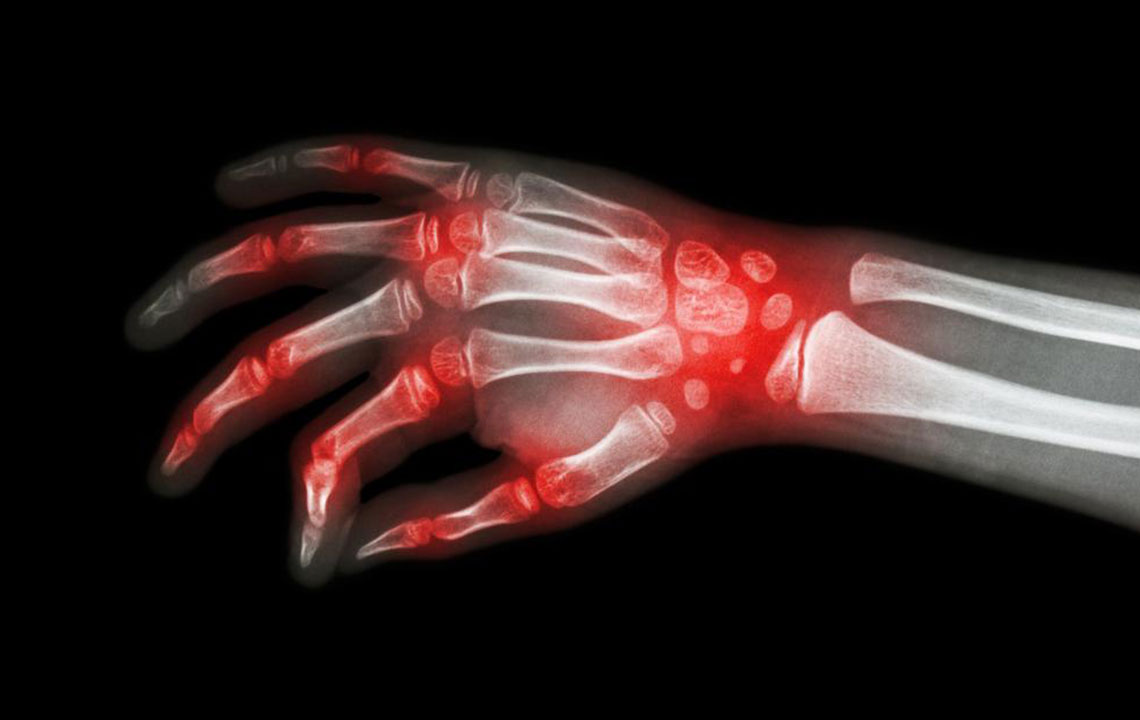Effective Strategies for Diagnosing and Managing Osteoarthritis
This comprehensive guide explores the latest strategies for diagnosing and managing osteoarthritis, focusing on traditional methods, innovative therapies, and future prospects. It highlights the importance of early diagnosis using imaging and lab tests, discusses current pain relief options, and emphasizes emerging treatments targeting disease progression, offering hope for improved patient care.

Comprehensive Insights into Osteoarthritis: Diagnosis and Treatment Options
How Osteoarthritis is Diagnosed
Osteoarthritis (OA) is a common degenerative joint disease that affects millions worldwide, especially among older adults. Detecting OA early is vital for managing symptoms and improving quality of life. Often, the diagnosis occurs during routine health examinations or when patients present with joint pain, stiffness, or swelling. Medical professionals perform thorough physical assessments to evaluate joint function, noting signs such as tenderness, decreased range of motion, and swelling.
To confirm the diagnosis, physicians utilize several diagnostic tools:
**Imaging Tests:** X-rays are the most accessible and widely used imaging modality. They help identify characteristic signs like joint space narrowing, the development of osteophytes (bone spurs), subchondral sclerosis, and cyst formations. These features are indicative of cartilage deterioration and bone changes associated with OA. For complex cases or when the diagnosis is uncertain, magnetic resonance imaging (MRI) provides a detailed view of soft tissues, including cartilage, synovium, and ligaments. MRIs can detect early cartilage loss that may not be visible on X-rays, aiding in early intervention.
**Blood Tests:** Although blood tests cannot diagnose OA directly, they are essential to exclude other types of arthritis such as rheumatoid arthritis or gout. Tests may include complete blood counts, inflammatory markers like ESR and CRP, and specific antibody tests for autoimmune conditions.
Joint fluid analysis involves extracting synovial fluid from the affected joint using a needle. This procedure evaluates inflammation levels, presence of crystals, or infection, which helps distinguish OA from inflammatory or infectious joint diseases.
Approaches to Managing Osteoarthritis
Currently, there is no cure for osteoarthritis, making symptom management the primary goal of treatment. This involves a combination of lifestyle modifications, pharmacological therapies, physical therapies, and, in some cases, surgical interventions. The overarching aim is to reduce pain, improve joint function, and enhance the patient's quality of life.
Medications for Pain Relief: Over-the-counter analgesics such as acetaminophen are frequently used to alleviate mild to moderate pain. Non-steroidal anti-inflammatory drugs (NSAIDs), including ibuprofen and naproxen, are effective in reducing inflammation and pain but should be used cautiously due to potential side effects like gastrointestinal discomfort, liver, and kidney issues, especially with long-term use.
Prescription Medications: For more severe pain, opioids may be prescribed. While they can provide significant relief, these drugs come with risks of dependency, overdose, and adverse effects like nausea, constipation, and fatigue. Therefore, their use requires careful monitoring and is generally reserved for cases where other treatments have failed.
Non-Pharmacological Approaches: Lifestyle modifications are fundamental. Weight management reduces joint stress, particularly in weight-bearing joints such as the knees and hips. Physical activity, including low-impact exercises like swimming, cycling, and walking, helps strengthen the muscles around affected joints, improving stability and reducing pain.
Physical Therapy and Assistive Devices: Physical therapy aims to improve joint flexibility and strength through targeted exercises. Assistive devices, such as braces, shoe inserts, and canes, can provide additional support and relieve pressure on affected joints.
Advanced and Emerging Therapies: Research is ongoing to develop treatments that go beyond symptom relief and aim to modify disease progression. One promising area involves using hormones like calcitonin, which is known for its role in bone metabolism. Calcitonin reduces bone resorption and promotes bone formation, offering potential benefits in reducing joint degeneration. It is currently used in osteoporosis management but shows promise for OA therapy.
Another exciting development involves biologic agents. These include monoclonal antibodies designed to target specific inflammatory cytokines that drive joint degeneration. Examples include agents targeting tumor necrosis factor-alpha (TNFα) such as infliximab and etanercept. These biologics are already approved for rheumatoid arthritis and are being investigated for efficacy in OA. Early studies suggest they could slow cartilage destruction by modulating inflammatory responses.
Furthermore, researchers are exploring growth factors and angiogenesis modulators to promote tissue repair and restore joint integrity. Treatments targeting vascularization in subchondral bone might help in repairing damaged joint tissue and preventing further deterioration. Such therapies hold promise for future disease-modifying options that could radically alter the management of osteoarthritis.
In summary, while current treatments focus primarily on managing symptoms, ongoing research is paving the way for innovative therapies aimed at the underlying causes of osteoarthritis, potentially transforming patient outcomes in the coming years.





